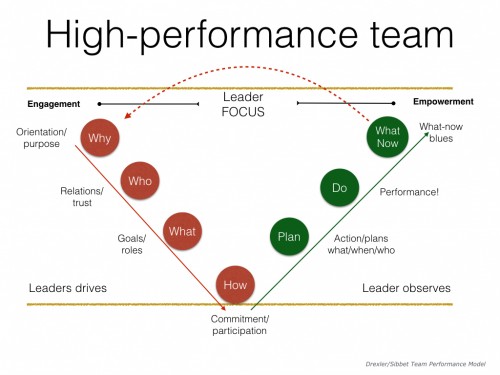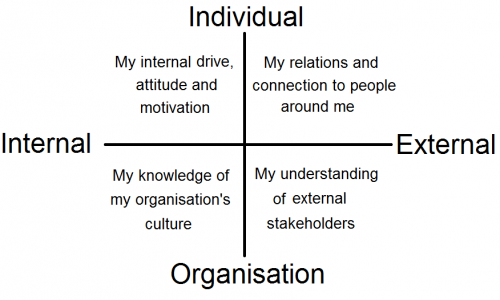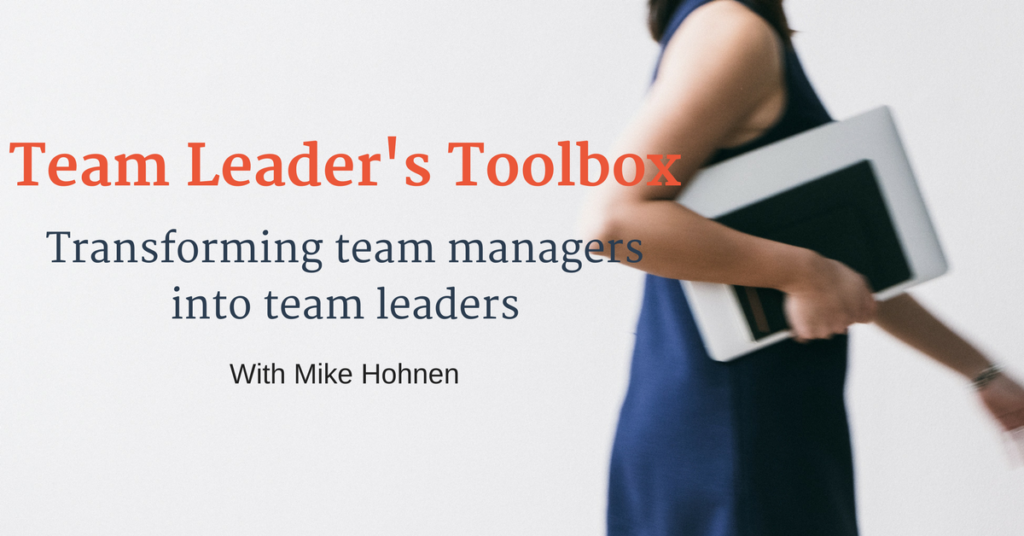
That was the title of my presentation for a group of managers last week. The title was inspired by a number of conversations that I have been having with clients during 2016. (You can substitute ‘Chef’ for the type of critical position that is part of your current reality.)
Reflecting on those conversations, I realised that there has been a common thread through most of them.
They have all been concerned with:
- The lack of bench strength on their management teams
- The scarcity of new talent
On a day to day basis, this is not so obvious, and therefore it’s not a high priority; but it hits them every time a key team member needs to be replaced. First, they realise that there is no obvious no.2 who has been groomed for the job. Secondly, when they start the search, they quickly understand that there is not a lot of talents available out there.
Problem is that once they realise this, it’s a bit late to do much about it other than pray…
And honestly, are they going to get the cream of the crop in that situation? Probably not. Most likely, they will get what is left over. It’s like purchasing a second hand car. You are essential taking over someone else’s problem.
Why?
Because the smartest of your colleagues out there have understood the problem a long time ago and have been working strategically with their HR development.
They don’t start thinking about who is going to replace the head chef on the day that he resigns.
They have a strategy to be the preferred employer in their area and an important part of that is a proactive strategy for succession planning. That means that when they recruit or promote someone to the position of, say sous-chef, they ask themselves does this person have the potential to become a chef one day, or is this just a good cook who just might make it as a half decent sous-chef? If that is the case, we have created a problem with a time release.
Part of being a preferred employer is being recognised as an organisation where employees can learn, develop and grow. And in order for that to happen, someone needs to take charge of developing, coaching and mentoring.
If you are a manager, that someone is you.
But this is an actually quite challenge for most managers. In fact, it is one of six key challenges that managers have in common across borders, hierarchies and professions, according to research conducted by the Center for Creative Leadership.
Developing, coaching and mentoring team members also happens to be one more of the leadership attributes that our current series on defining management and leaderships is about.
So let’s start off by understanding how do people actually learn and develop in the job situation?
According to a much quoted piece of research also by the Center for Creative Leadership*, lessons learned by successful and effective managers are roughly:
- 70% from challenging assignments
- 20% from developmental relationships
- 10% from coursework and training
The authors of the research explain it like this:
Development generally begins with a realisation of current or future need and the motivation to do something about it. This might come from feedback, a mistake, watching other people’s reactions, failing or not being up to a task – in other words, from experience. The odds are that development will be about 70% from on-the-job experiences – working on tasks and problems; about 20% from feedback and working around good and bad examples of the need; and 10% from courses and reading.
We can support learning and development through courses and training sessions, absolutely, but at the end of the day, it can only be support for what is actually going on in the day to day job situation. That is where the real learning takes place; which is why the immediate manager plays such a key role in the development of team members.
In the coming blog posts, we are going to explore this crucial leadership competence and what you need to do in practical terms.
*Lombardo, Michael M; Eichinger, Robert W (1996). The Career Architect Development Planner (1st ed.). Minneapolis: Lominger. p. iv. ISBN 0-9655712-1-1.
 Enter your email address below and we will notify you when we launch the Team Leader’s Toolbox!
Enter your email address below and we will notify you when we launch the Team Leader’s Toolbox!
__________________________________________________________________
This post is one of a series where we are exploring the notion of leadership and how this is different from management. Our starting point is the Service Profit Chain and the understating that the management part of our job will only take us so far. If we really want to create an organisation that is capable of delivering outstanding customer experiences, we need to develop an organisation that delivers outstanding employee experiences – and that requires leadership. You can check out other articles of the series below:
- Are you an inspiring leader to work for?
- What does it require to be an inspirational leader?
- The something for something system is at the heart of the uninspiring workplace.
- How is team management different from team leadership and why should I worry?
- Teams are organic systems, and therefore, by definition unstable.
- How you can help you team manage their states
- Do you understand the stages that your team goes through?
- What the h… went wrong?











